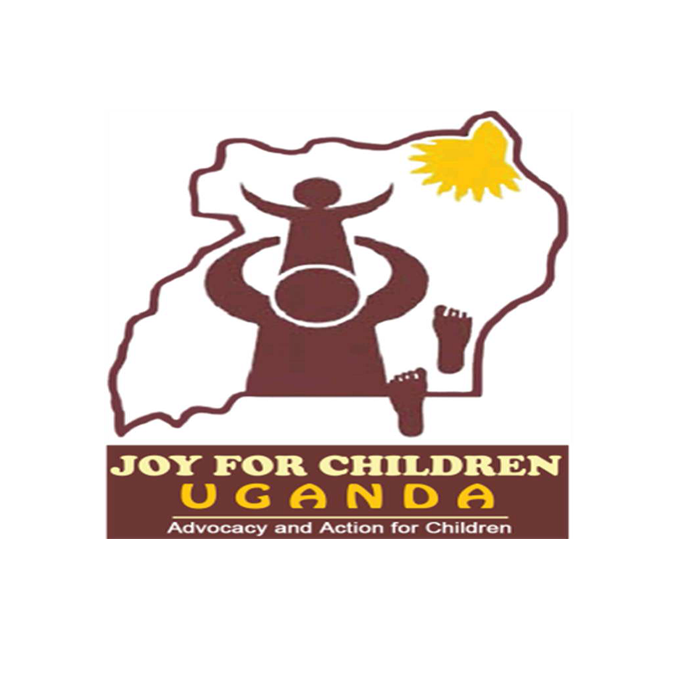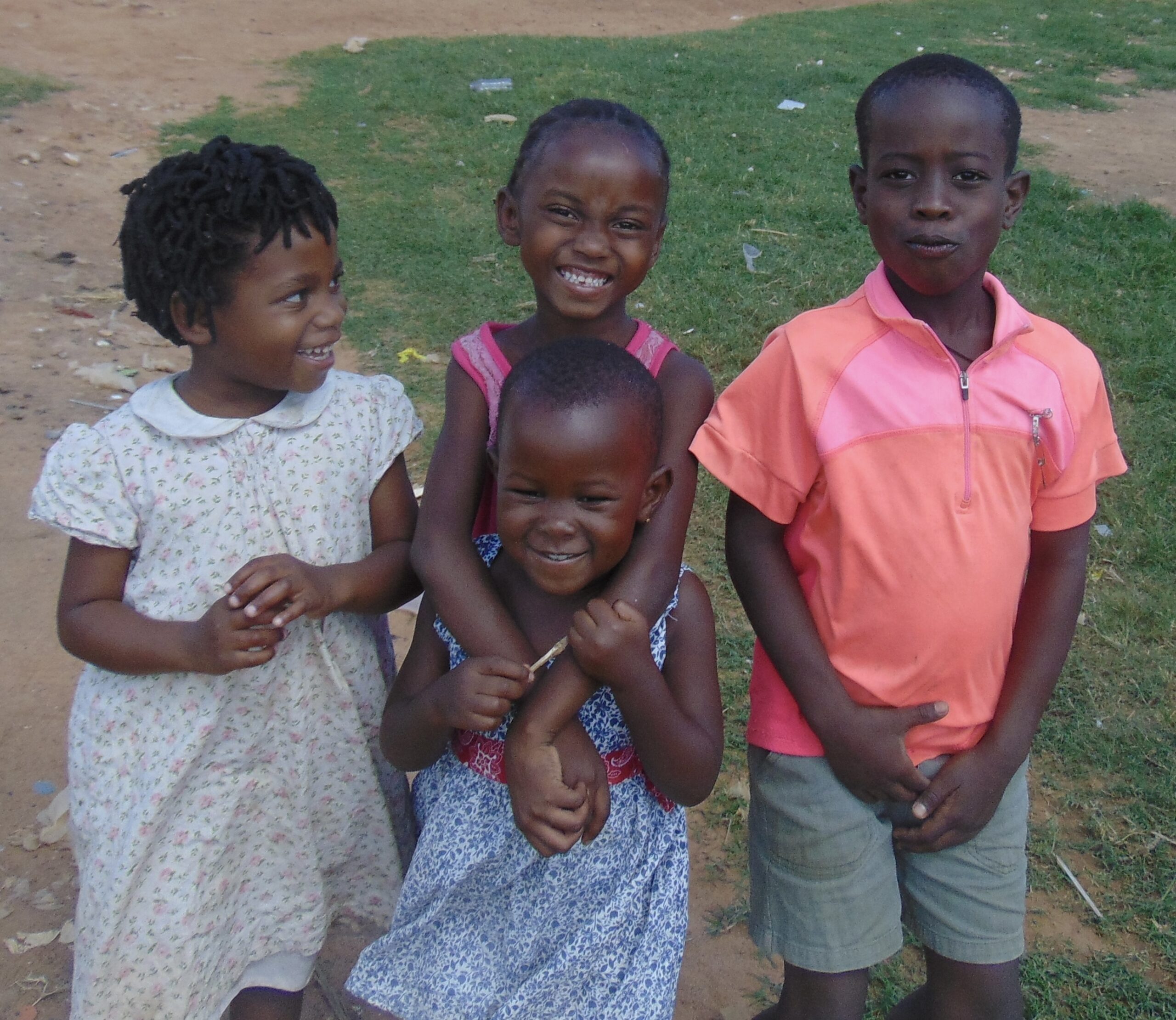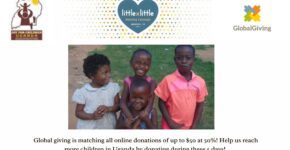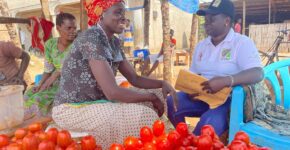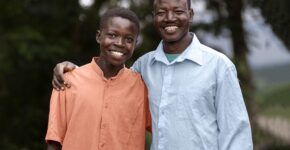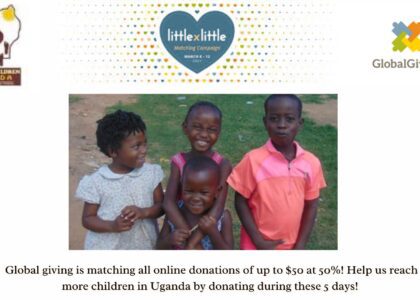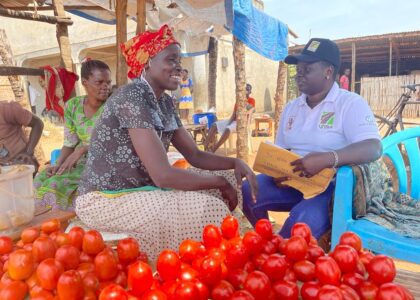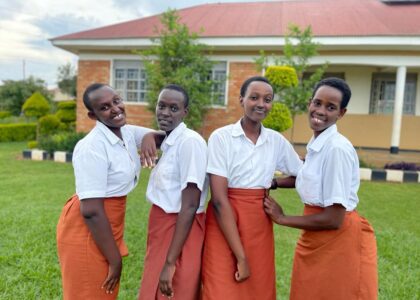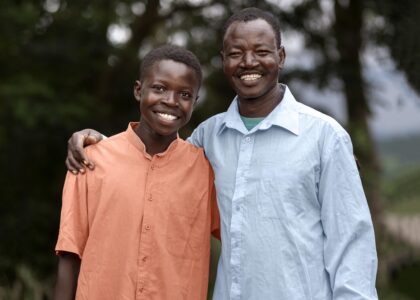Gender violence is a major social problem, considered a “global health problem of epidemic proportions” by the World Health Organization (WHO 2019). Despite legislative efforts, awareness-raising campaigns, and the programs and resources that have been developed, official statistics continue to reflect an increase in victims. According to the UNFPA 2021 GBV fact sheet, 48,650 GBV cases were registered from January to June 2021, about 1142 cases monthly and 38 daily.
Every child deserves to grow up free from harm. Yet Gender-Based Violence continues, effectively ending their childhoods and risking their futures. Gender-based violence occurs in every part of the country and across all economic and social groups. Sadly, one in three women and girls will experience sexual or physical violence in their lifetimes.
Gender-based violence against children is perpetuated physically, sexually, psychologically and/or economically, and seeks to deny access to resources or services that may help lift a victim out of the cycle of violence.
Violence against children includes sexual violence, child marriage, sexual harassment, female genital mutilation, intimate partner violence, trafficking, sexual exploitation and abuse. The impacts are significant in both the short- and long-term, and can include serious physical injuries, sexually transmitted infections such as HIV/AIDS, forced and unwanted pregnancies, and greater risk of maternal mortality.
Children that are married off at a young age are more likely to face sexual, physical and economic violence. Child marriage also triggers and exacerbates a cycle of gender discrimination, threatening girls’ education, health and safety around the world.
Boys are also victims of trafficking and gender-based sexual violence and exploitation, but due to stigmatization, the numbers continue to be vastly underreported. Adolescent boys over the age of 10 are also particularly vulnerable to being detained because they are regarded as security threats for their – or their family’s – alleged association with armed groups. Children are tortured or abused, kept with adult prisoners, not provided proper legal support, or live in conditions that are against international standards for juvenile justice.
Gender-based violence negatively impacts the development of the affected children. Domestic violence has been identified as the most prevalent type of violence experienced by different families in this community especially in a physical form.
The effects of gender based violence are long term and have devastating consequences and include; insomnia, phobias, aggression, low self-esteem, and impaired problem-solving skills which in the long term affect personal ability and capability.
What needs to be done?
- Strengthen relationship skills through Equipping adolescent girls and youth with vital soft skills like effective communication and self-confidence to build healthy relationships can protect them from Gender Based Violence
- Strengthen positive family relationships: Families have a critical role in children’s upbringing, and should be places of sanctuary, growth, and development hence joy for a child has done mass sensitization to civilians on this matter in Uganda.
- Raise awareness of the dangers of harmful traditions
- Tackle violence against girls in school
- Transform attitudes towards harmful practices at multiple levels
- Engage respected stakeholders in the fight against violence
Joy for Children Uganda is committed to advancing gender equality and reducing gender-based violence Girls and boys have the basic right to gender equality and a life free from violence. We dedicated to addressing the root causes of GBV and ensuring that each child is protected and has the opportunity to grow up healthy, educated and safe.
